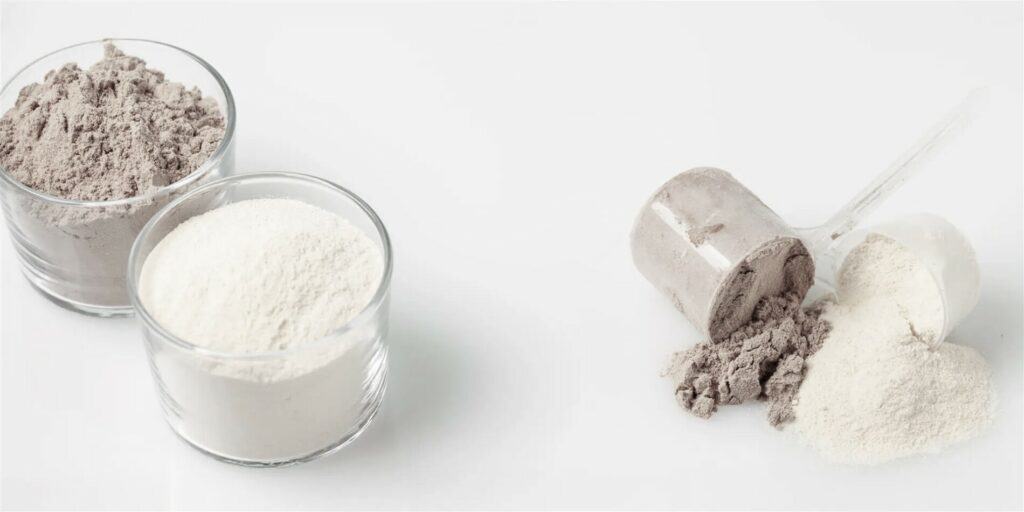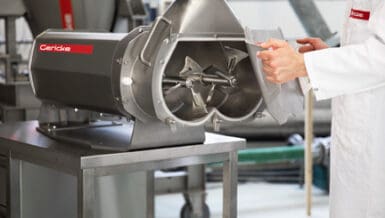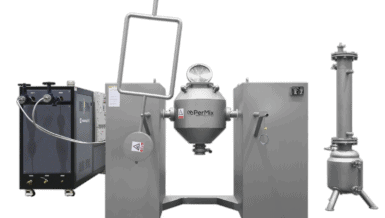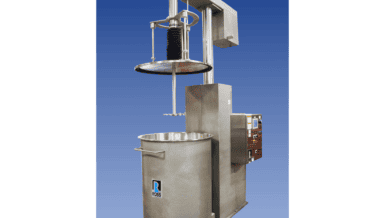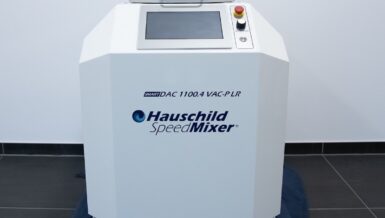This is particularly significant in creating products such as pharmaceutical tablets, where achieving precise homogeneity in powder blends is crucial. These blends involve dispersing a minute quantity of active components within a larger volume of filler powder, necessitating uniform distribution throughout each tablet within a batch.
One method to assess the quality of a mixture involves combining two components in a known ratio and sampling the resulting mixture at multiple locations. Subsequently, these extracted samples undergo thorough analysis to determine the ratio of the components present. Comparing these ratios against the intended batch ratio reveals the level of homogeneity achieved.
Detecting significant variations in ratios within the samples indicates a lack of homogeneity, while close alignment with the batch ratio indicates a more uniform mixture.
Another critical consideration involves the size of the extracted sample. Although sampling the entire batch may suggest overall homogeneity, localized imperfections might persist. Hence, choosing a sample size resembling the eventual portion size used ensures a more precise assessment of mixing quality.
Different mixing techniques exert varying levels of energy onto the powder, classified by the magnitude of energy application. Contrary to conventional beliefs, higher energy levels do not universally guarantee superior mixing. The effectiveness of applied energy depends on specific powder properties, encompassing factors like density or particle size.
Excessive energy can induce de-mixing or segregation in mixtures, while cohesive powders might necessitate increased energy levels for optimal blending.
By combining an in-depth analysis of powder characteristics with an evaluation of mixing quality, we can ascertain not only the quality of the mixing process but also the specific powder properties contributing to favorable or suboptimal mixing outcomes.


